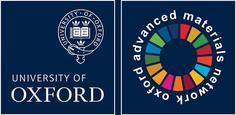A family of alkali-metal guanidinates (M = Na-Cs) has been reported recently, representing all-nitrogen analogues of alkali bicarbonates and containing the elusive guanidinate monoanion CN3H4(-). Here, we describe the synthesis and characterisation of LiCN3H4 as the last representative of alkali guanidinates. Single crystals of LiCN3H4 were obtained using a solvothermal route in liquid ammonia, and the crystal structure was determined at 100 K using single-crystal X-ray diffraction (monoclinic, P2(1)/c, Z = 4, a = 7.251(2) Å, b = 4.532(2) Å, c = 9.051(2) Å, β = 103.315(3)°). The structure of LiCN3H4 is reminiscent of the previously reported NaCN3H4 type in that both guanidinates contain tetrahedrally nitrogen-coordinated alkali-metal cations. The linking of these tetrahedra differs, however: they share corners in NaCN3H4 to form one-dimensionally infinite chains running through the crystal, whereas isolated, edge-sharing tetrahedra (Li2N6 motif) are found in the LiCN3H4 structure described here. Periodic density-functional theory (DFT) computations at the dispersion-corrected PBE + D2 level not only correctly reproduce the structural preferences, but also indicate that a NaCN3H4 polymorph should be viable adopting the lithium guanidinate type but much less easily so vice versa.
Metals, Alkali
,Guanidine
,X-Ray Diffraction
,Crystallography, X-Ray
,Models, Molecular
,Computer Simulation




